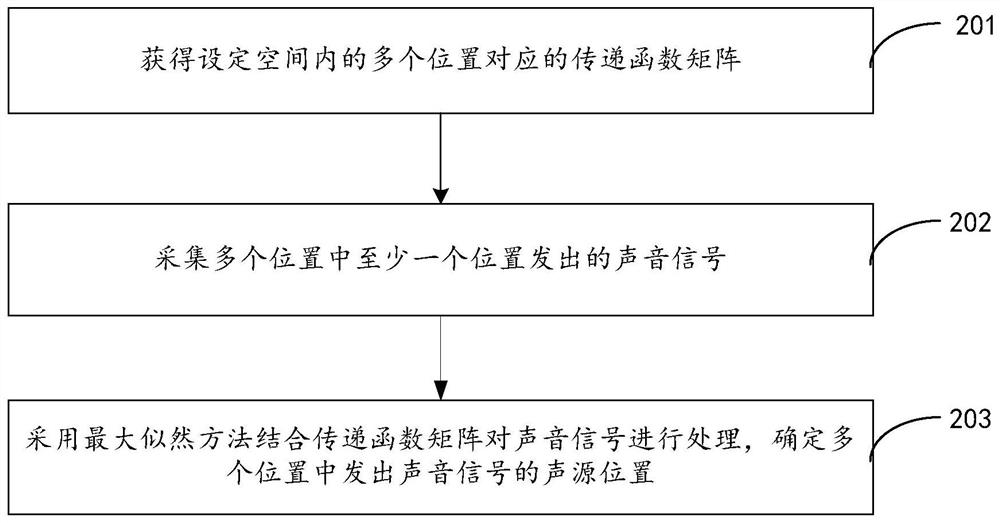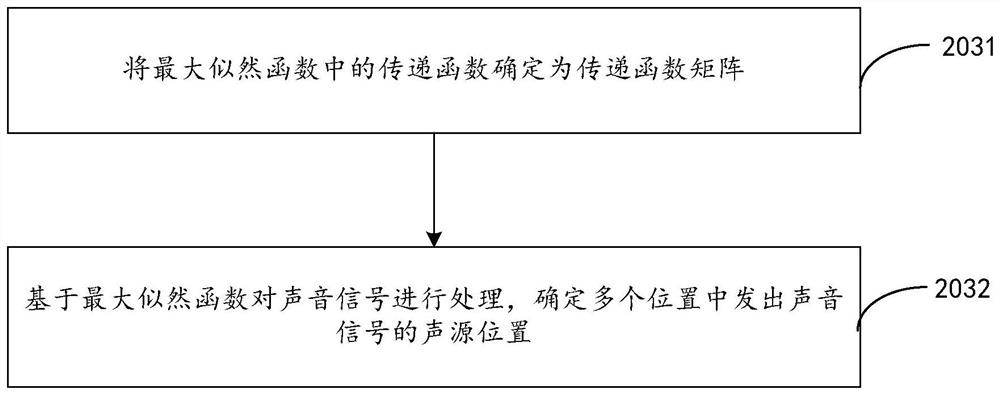Sound source position determination method and device, readable storage medium and electronic equipment
A technology of sound source location and determination method, which is applied in measurement devices, positioning, radio wave measurement systems, etc., can solve the problem of reducing the accuracy of vehicle sound area detection, and achieve the effect of improving accuracy
- Summary
- Abstract
- Description
- Claims
- Application Information
AI Technical Summary
Problems solved by technology
Method used
Image
Examples
Embodiment Construction
[0028] Hereinafter, exemplary embodiments according to the present disclosure will be described in detail with reference to the accompanying drawings. Apparently, the described embodiments are only some of the embodiments of the present disclosure, rather than all the embodiments of the present disclosure, and it should be understood that the present disclosure is not limited by the exemplary embodiments described here.
[0029] It should be noted that relative arrangements of components and steps, numerical expressions and numerical values set forth in these embodiments do not limit the scope of the present disclosure unless specifically stated otherwise.
[0030] Those skilled in the art can understand that terms such as "first" and "second" in the embodiments of the present disclosure are only used to distinguish different steps, devices or modules, etc. necessary logical sequence.
[0031] It should also be understood that in the embodiments of the present disclosure, "...
PUM
 Login to View More
Login to View More Abstract
Description
Claims
Application Information
 Login to View More
Login to View More - Generate Ideas
- Intellectual Property
- Life Sciences
- Materials
- Tech Scout
- Unparalleled Data Quality
- Higher Quality Content
- 60% Fewer Hallucinations
Browse by: Latest US Patents, China's latest patents, Technical Efficacy Thesaurus, Application Domain, Technology Topic, Popular Technical Reports.
© 2025 PatSnap. All rights reserved.Legal|Privacy policy|Modern Slavery Act Transparency Statement|Sitemap|About US| Contact US: help@patsnap.com



